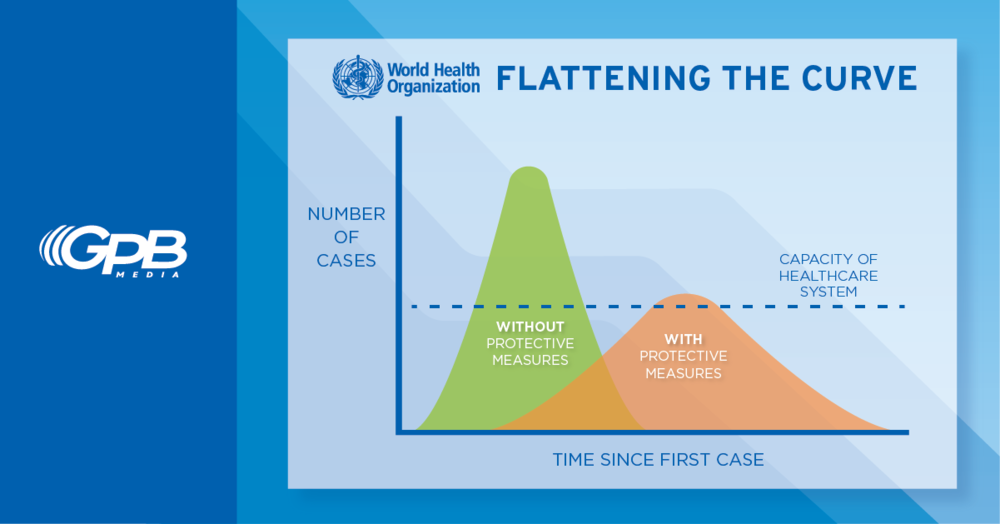Section Branding
Header Content
Coronavirus: Why We Need to Flatten The Curve
Primary Content
We need to flatten the curve to control the coronavirus outbreak, WHO has said repeatedly.
What is flattening the curve?
In epidemiology, the curve is defined as the projected number of new cases over a period of time, according to the CDC. Through observing a curve, scientists can learn the outbreaks time trend, magnitude of the outbreak, most likely time period of exposure and spread of the illness.
The idea of flattening the curve is to stagger and delay the number of new cases over a longer period, so that patients do not over burden the health-care system at any one time.
The CDC has created an interactive learning module to help depict the importance of a curve during an epidemic.
How can the curve be flattened?
As there is currently no vaccine available for the coronavirus and testing remains limited in the United States, WHO stresses the need for both the government and citizens to take collective action.
The public can help flatten the curve by practicing social-distancing guidelines, restricting travel, working from home, practicing good hygiene by washing hands frequently and self-isolating when they are sick or suspect they might have COVID-19, the CDC says.
All events of 50 people or more should be canceled or postponed for eight weeks, the CDC advised March 15.
For the latest news updates, government information, and resources go to GPB.Org/coronavirus.


